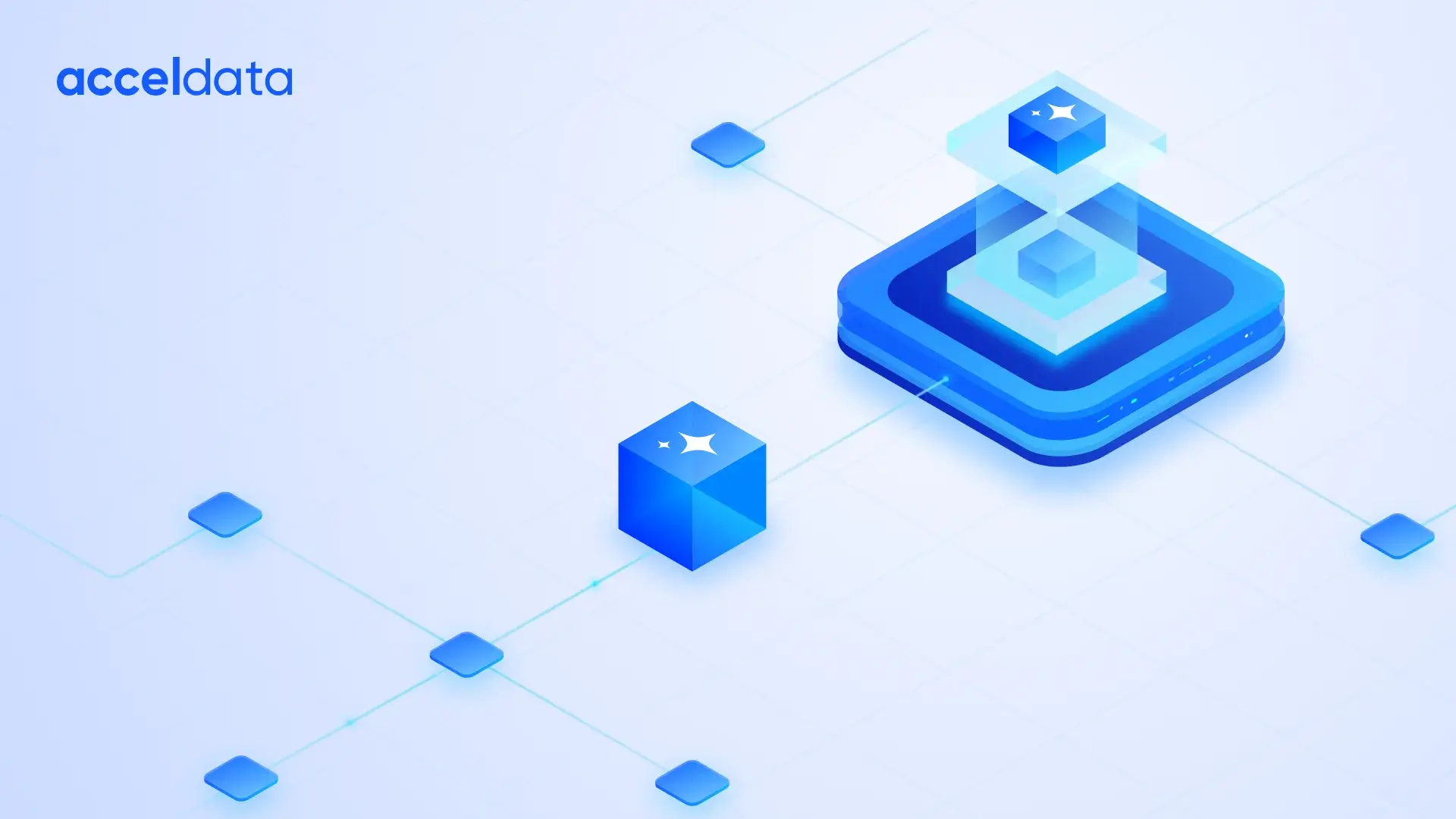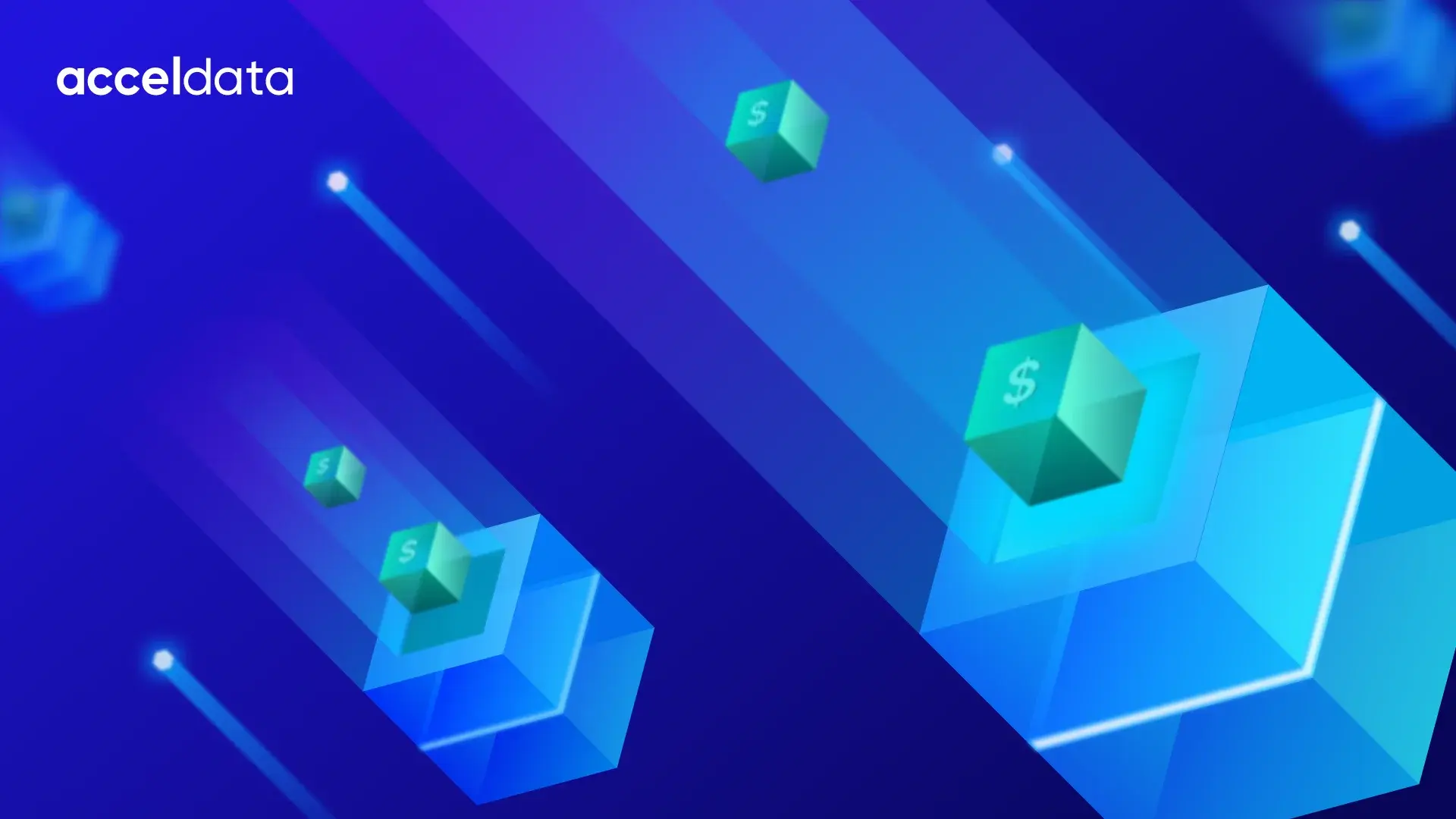The ability to effectively manage and leverage information has become a critical differentiator for organizations of all sizes. You might be working in a complex data analytics initiative or building a data-intensive application. Alternatively, you could be simply trying to make sense of your company's scattered data sources. A deep understanding of data ingestion principles and best practices is essential. As a data professional tasked with addressing data ingestion challenges, you likely already have a solid foundation in this domain. But you might be seeking a more comprehensive guide to elevate your skills and optimize your data management strategies.
In this post, I'll dive deep into the world of data ingestion. I'll be exploring its various forms, key components, and the most effective techniques for ensuring seamless data integration. By the end of this post, you'll have a better understanding of how to tackle data ingestion obstacles. And you'll be able to unlock the full potential of your organization's data assets. Let’s get started.

What Does Data Ingestion Mean?
Data ingestion refers to the process of collecting, transforming, and loading data from multiple data sources into a target system—for example, a data warehouse, data lake, or a database. This critical step of data ingestion serves as the foundation for data analysis and reporting and will help your organization make better decisions supported by data. The purpose of data ingestion is to ensure that information is transferred from its original source to the desired destination accurately and efficiently.
The primary objective of data ingestion is to establish a reliable and scalable pipeline for data movement, then enable organizations to extract valuable insights and drive informed, data-driven actions. This process involves carefully orchestrated steps, including data extraction, transformation, validation, and loading, all of which must be meticulously executed to maintain data integrity and quality.
Consider a scenario where a retail company aims to analyze customer purchasing behavior and identify emerging trends. The data ingestion process would entail collecting data from various sources, such as the company's e-commerce platform, point-of-sale systems, customer relationship management (CRM) software, and social media channels. This data could encompass customer profiles, transaction records, web analytics, and sentiment analysis from online reviews. Once collected, the data would undergo transformation to ensure consistency and compatibility and be loaded into a data warehouse or a data lake for further analysis.
Benefits of Data Ingestion
Data ingestion provides you with several important benefits.
Centralized Data Access
Aggregating data from multiple sources into a single repository makes it easier to access and manage. It also ensures uniformity in data, aiding with consistent analysis and reporting.
Enhanced Data Quality
You can clean and validate data during ingestion to improve accuracy and reliability. This also enables standardization and normalization by creating a standard format.
Analytics and Insights
Real-time ingestion provides immediate access to fresh data, which allows you to make more timely decisions. It also facilitates access to a complete dataset, which allows for more thorough analysis.
Scalability
Data ingestion improves the scalability of your data infrastructure. Efficient ingestion pipelines process large volumes of data and can accommodate expanding data requirements.
Operational Efficiency
Automated ingestion processes reduce the need for manual data handling, saving time and reducing errors. Streamlined ingestion processes optimize the use of computational and storage resources.
Importance of Data Ingestion
Data ingestion isn’t just beneficial, it’s critical to your organization’s success.
Foundation for Data-Driven Decisions
Data ingestion gives decision-makers access to reliable and up-to-date data. By creating a continuous flow of new data, it supports ongoing analysis and operational decision-making.
Advanced Technology
Building a normalized pool of data makes it easier to train machine learning models and power your AI applications. It also facilitates the use of big data platforms like Hadoop and Spark for advanced data processing.
Regulatory Compliance
Data ingestion’s centralized model also ensures your data complies with the regulatory standards and organizational policies your company must meet. It gives you a standardized trail of data sources and transformations, which aids with audits and compliance checks.
Competitive Advantage
Quick access to comprehensive data provides your analysts with insights that give a competitive edge.
Innovation
Consolidated access to data makes it easier for you to experiment with new ideas and technologies. You can employ data-driven insights to inform the development of new products and services.
Types of Data Ingestion
Data ingestion can take various forms, each tailored to the requirements of your project and the characteristics of the data you're working with. Let's explore some of the most common types of data ingestion.
- Batch ingestion: In this approach, data is collected and processed in discrete chunks or batches at specific intervals, such as hourly, daily, or weekly. This approach is suited to scenarios where data processing can be delayed without significant impact on business operations. For instance, a financial institution may ingest and process transaction data in batches at the end of each business day, allowing for overnight processing and analysis.
- Stream ingestion: Also known as real-time ingestion, this type involves processing data continuously as it is generated or received. This approach is necessary for applications that require immediate data processing and analysis, such as fraud detection systems, sensor data monitoring, or real-time stock trading platforms. For example, a logistics company may ingest and analyze location data from its fleet of vehicles in real time to optimize routing and improve delivery efficiency.
- Incremental ingestion: This approach focuses on capturing only the changes or new data since the last ingestion cycle, rather than transferring the entire dataset. Incremental ingestion can help reduce the time and resources required for data transfers. Making it particularly useful for large or frequently updated data sources. An online media company, for example, may use incremental ingestion to load new articles and user interactions. This avoids reprocessing the entire content library with each update.
Key Components of Data Ingestion
Effective data ingestion requires seamless integration of key components, each crucial for smooth data flow. These components ensure data transformation. These components include the following:
- Data sources: The first step in data ingestion is identifying and connecting to the various data sources. These sources can be structured (e.g., databases, CSV files), semi-structured (e.g., JSON, XML), or unstructured (e.g., text files, images, audio).
- Data connectors: Data connectors are software components that facilitate the extraction of data from different sources. They provide a standardized interface for accessing and retrieving data, abstracting away the complexities of different data formats and protocols.
- Data transformation: Once data is extracted, it often needs to undergo transformation. This transformation ensures consistency, accuracy, and compatibility with the target system. This may involve tasks such as data cleansing, normalization, deduplication, and format conversion.
- Data validation: Data validation is a crucial step in ensuring the quality and integrity of the ingested data. It involves checking the data against predefined rules and constraints to identify and handle errors, inconsistencies, or missing values.
- Data storage: The final step in the data ingestion process involves loading the transformed and validated data. This data is loaded into the target storage system. This system could be a data warehouse, data lake, or operational database.

Data Ingestion Techniques
Let’s explore some techniques to effectively implement data ingestion. There are several techniques and strategies you can employ, depending on the specific requirements of your project. I’ll cover some of the most common data ingestion approaches:
- Extract, transform, load (ETL): This traditional method involves extracting data from the source, then transforming it to meet requirements. Finally, loading the data into the destination occurs. ETL is a well-established and widely used data ingestion technique, particularly for batch-oriented data processing. A marketing agency, for instance, may leverage an ETL process to ingest customer data from various sources (e.g., CRM, email marketing, social media), transform it into a consistent format or remove duplicate data, and load it into a centralized data warehouse for comprehensive customer analysis.
- Event-driven ingestion: This technique leverages real-time event data to trigger the data ingestion process, allowing for the immediate transfer of data as it is generated. Event-driven ingestion is often used in streaming data scenarios, where timely access to the latest information is critical. An IoT platform, for example, may use event-driven ingestion to capture sensor data from connected devices and immediately ingest it into a data lake or real-time analytics system, enabling rapid insights and decision-making.
- Data virtualization: This approach involves creating a virtual layer that abstracts and integrates data from multiple sources. It eliminates the need for physical data movement or transformation. Data virtualization can simplify data ingestion by providing a unified view of disparate data sources, reducing the complexity of the underlying infrastructure. A financial services firm, for example, may use data virtualization to provide analysts with a consolidated view of customer data drawn from various systems (e.g., CRM, account management, transaction history) without the need to physically consolidate the data into a centralized data warehouse.
Conclusion
Effective data ingestion has become a critical component of any successful data management strategy. It's important to understand the various types of data ingestion and the key components involved. Additionally, knowing the most effective techniques for implementation is crucial. Then, you can ensure your organization is ready to tackle data integration challenges. This unlocks the full potential of your data assets.
Whether you're leading data analytics or managing scattered data sources, you have the necessary knowledge and insights. Now, you can elevate your data ingestion capabilities to the next level. By leveraging outlined best practices, you can streamline data ingestion, improve quality, and reliability. This drives informed, data-driven decision-making.
By following these best practices, you can establish a robust and efficient data ingestion process. Leveraging the right tools and techniques is essential for this process. This will lay the foundation for successful data-driven initiatives within your organization. Effective data ingestion not only streamlines your data management efforts, it also empowers you to extract maximum value from your data assets, driving innovation and competitive advantage.
This post was written by David Snatch. David is a cloud architect focused on implementing secure continuous delivery pipelines using Terraform, Kubernetes, and any other awesome tech that helps customers deliver results.







.webp)







.webp)
.webp)


